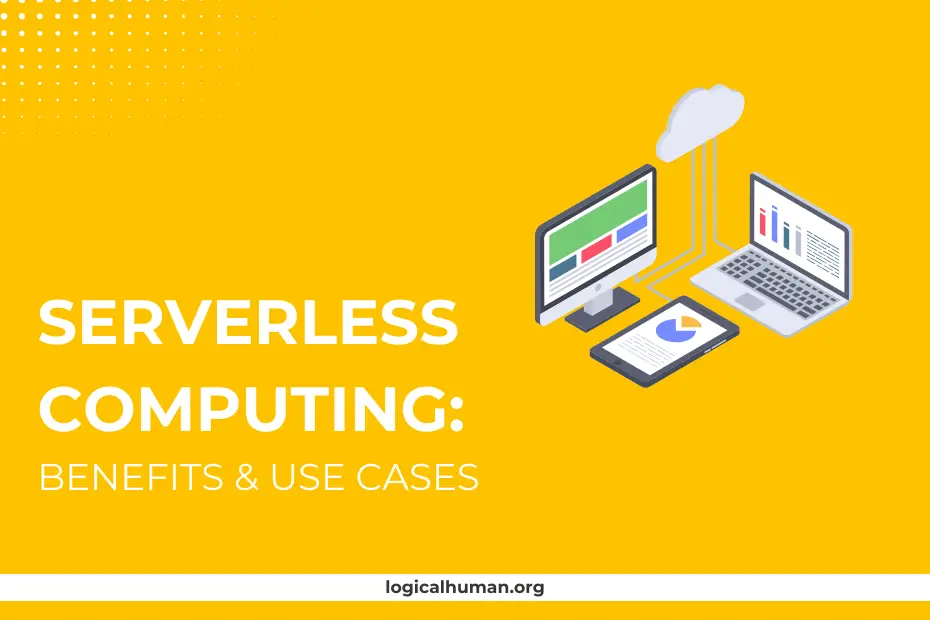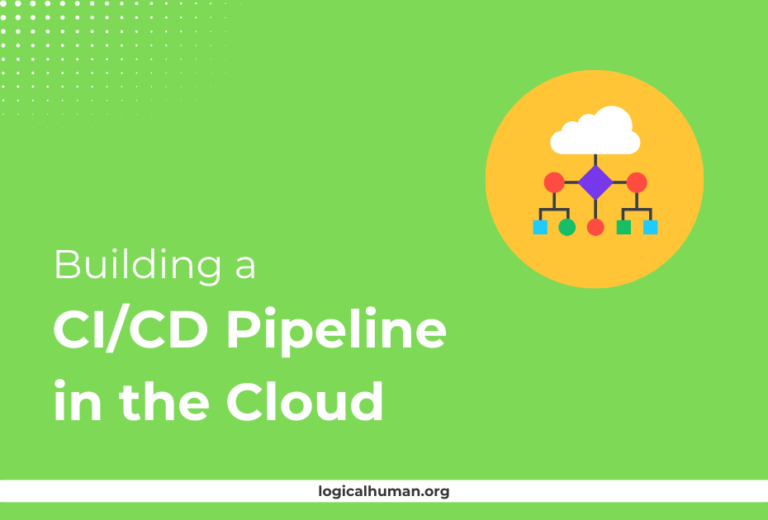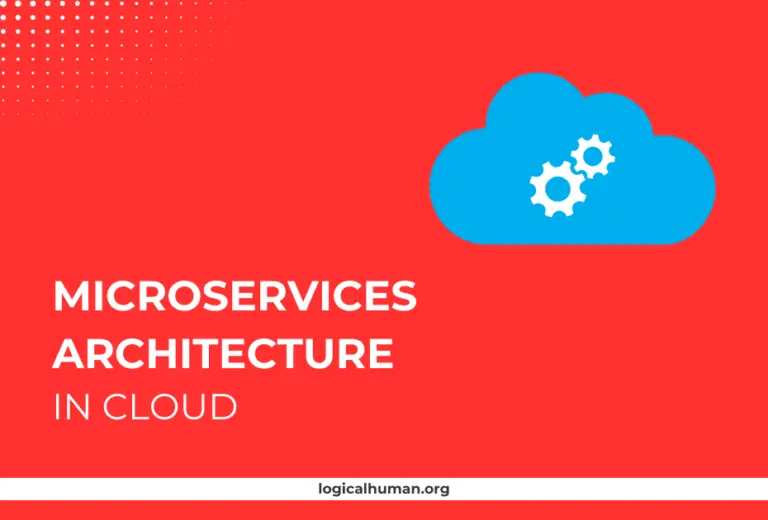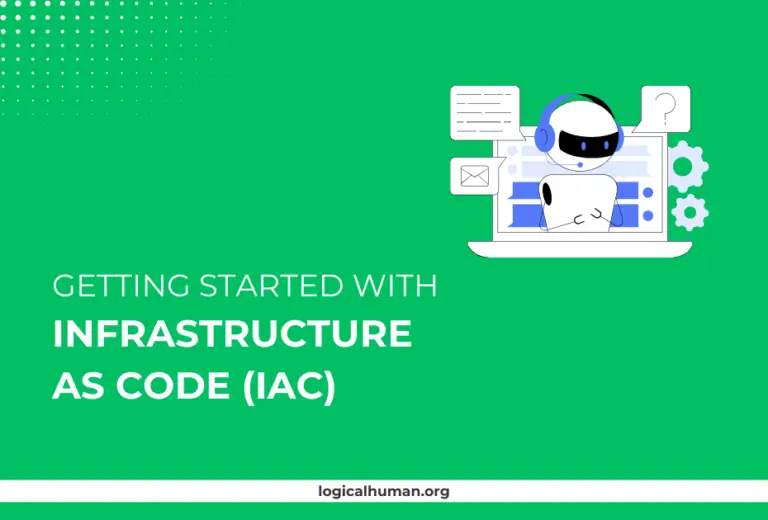Serverless computing has rapidly gained traction in the tech world, transforming how applications are built and deployed. If you’re curious about what serverless computing is, why it’s beneficial, and how it’s used, you’re in the right place. Let’s dive into this revolutionary cloud technology that eliminates the need for traditional server management.
What is Serverless Computing?
Serverless computing is a cloud-based execution model where the cloud provider dynamically manages the allocation of machine resources. While the term “serverless” might suggest that no servers are involved, that’s not entirely true. Servers are still used, but developers don’t need to worry about their provisioning, scaling, or maintenance.
Evolution of Cloud Computing
To understand serverless computing, we need to take a quick look at the evolution of cloud computing. Initially, cloud services provided virtual machines (IaaS – Infrastructure as a Service) that required developers to handle operating systems, storage, and networking. This evolved into PaaS (Platform as a Service), where developers focused more on the application layer. Serverless computing, or Function as a Service (FaaS), takes this a step further by abstracting the infrastructure entirely, allowing developers to focus solely on code.
The Concept of “Serverless”
The term “serverless” signifies that developers don’t need to manage server infrastructure. Instead, they can deploy small units of code, called functions, which are executed in response to specific events. This model supports rapid development and deployment, without the overhead of managing traditional servers.
| Feature | Traditional Cloud Computing | Serverless Computing |
|---|---|---|
| Infrastructure Management | Requires management of servers, virtual machines, and storage. | No server management; infrastructure is fully managed by the cloud provider. |
| Scaling | Manual or auto-scaling based on pre-configured rules. | Automatic scaling based on demand; scales up and down seamlessly. |
| Billing Model | Pay for allocated resources, regardless of usage. | Pay-as-you-go model; billed only for actual usage. |
| Deployment Time | Typically longer due to setup and configuration. | Faster deployment as there is no infrastructure setup. |
| Maintenance | Requires regular updates, patches, and monitoring. | No maintenance required; cloud provider handles updates and patches. |
| Latency | Generally lower latency, but depends on configuration. | Potential for higher latency due to cold starts, but can be mitigated. |
How Serverless Computing Works
Serverless computing leverages a model where cloud providers manage the execution environment for the user. The user writes code and specifies when it should be executed, typically triggered by events like HTTP requests or database changes.
Serverless Architecture Overview
In a serverless architecture, applications are broken down into individual functions that perform specific tasks. These functions are stateless and execute independently, triggered by specific events such as HTTP requests, file uploads, or scheduled events.
Key Components of Serverless Computing
- Functions: The core building blocks, these are individual units of work that perform specific tasks.
- Events: Triggers that invoke functions, such as a new database entry or a web request.
- Execution Environment: Managed by the cloud provider, this is where the functions run, scaling up or down as needed.
Benefits of Serverless Computing
Serverless computing offers numerous advantages, making it an attractive choice for developers and businesses alike.
Cost Efficiency
One of the standout benefits is cost efficiency. With serverless, you only pay for the compute time you use.
Pay-As-You-Go Model
Unlike traditional cloud models where you pay for a set amount of server time regardless of usage, serverless computing follows a pay-as-you-go model. This means you’re billed only for the time your code is actually running, which can result in significant cost savings.
Reduced Infrastructure Costs
By offloading server management to cloud providers, businesses can reduce infrastructure costs significantly. There’s no need to invest in or maintain physical servers, making serverless an economical choice.
Scalability
Scalability is another area where serverless shines. It can handle everything from a single user to millions of concurrent users effortlessly.
Automatic Scaling
Serverless architectures automatically scale functions up or down based on demand. This ensures that applications remain responsive, whether handling a trickle of users or a sudden surge in traffic.
Handling High Traffic
Serverless platforms can handle high traffic seamlessly without manual intervention, making it ideal for applications that experience fluctuating demand.
Simplified Management
Serverless computing allows developers to focus on building features rather than managing infrastructure.
No Server Maintenance
With serverless, there’s no need to worry about server maintenance, patching, or scaling. Cloud providers handle all of this, freeing up developers to focus on what matters most—building great applications.
Focus on Core Development
Since the infrastructure is managed by the cloud provider, development teams can focus entirely on writing code and delivering features, accelerating the development process.
Improved Time to Market
Serverless computing can significantly reduce the time it takes to get a product to market.
Faster Development Cycles
With the ability to deploy individual functions independently, development cycles are shorter, allowing for faster iteration and quicker releases.
Rapid Prototyping
Serverless is also perfect for prototyping. You can quickly develop and deploy functions to test new ideas without the overhead of traditional infrastructure.
Use Cases of Serverless Computing
Serverless computing can be applied to a wide range of scenarios, making it a versatile tool in the developer’s toolkit.
Web Applications
Serverless is excellent for building and deploying web applications.
Dynamic Content Delivery
Functions can be used to generate dynamic content on-the-fly, ensuring a responsive user experience without the need for a traditional backend server.
Real-Time Web Functionality
Serverless can also support real-time functionalities like notifications, chat applications, or data streaming, making it a robust choice for interactive web applications.
APIs and Microservices
Serverless is ideal for creating APIs and microservices due to its modular nature.
Creating RESTful APIs
Functions can be used to build RESTful APIs, providing a lightweight, scalable solution for backend services.
Orchestrating Microservices
Serverless platforms excel at managing complex workflows between microservices, offering a straightforward way to build and maintain scalable applications.
Data Processing and Analytics
Serverless is a powerful tool for data processing and analytics tasks.
Data Ingestion and Transformation
Serverless functions can be triggered to process data as it arrives, transforming and storing it as needed, making it ideal for ETL (Extract, Transform, Load) processes.
Real-Time Data Processing
Serverless can handle real-time data streams, enabling applications to analyze and respond to data as it’s generated, which is particularly useful for applications like fraud detection or user behavior analysis.
IoT Backend Services
IoT applications often require processing data from thousands of devices. Serverless is a perfect fit here.
Managing Device Data
Serverless functions can process data from IoT devices, triggering actions based on device inputs or sending data to other services for further processing.
Serverless for IoT Workflows
Serverless architectures simplify the management of complex IoT workflows, allowing for the seamless integration of devices, data, and backend services.
Automation and Scheduled Tasks
Serverless is not just for web and API applications; it’s also great for automation.
Automated Backups
Serverless functions can be scheduled to perform automated backups of data or systems, ensuring that critical information is regularly saved.
Scheduled Email Notifications
Need to send out regular email updates or notifications? Serverless functions can handle scheduled tasks efficiently, sending out emails based on predefined criteria.
Challenges and Considerations
While serverless computing offers many benefits, it’s not without its challenges.
Cold Start Issues
Serverless functions sometimes take a few moments to initialize, known as a “cold start,” which can affect performance.
Understanding Cold Starts
Cold starts occur when a function is invoked after being idle for a period. The delay can be noticeable, especially for latency-sensitive applications.
Mitigating Cold Starts
To mitigate cold starts, consider keeping functions “warm” by invoking them periodically, or use provisioned concurrency, which keeps a specified number of instances ready to go.
Debugging and Monitoring
Debugging and monitoring serverless applications can be more complex compared to traditional architectures.
Limited Visibility
Since serverless abstracts the infrastructure, traditional monitoring tools may not provide the visibility you’re used to.
Tools for Serverless Monitoring
Tools like AWS CloudWatch, Azure Monitor, and Google Cloud’s Operations Suite offer specialized support for monitoring and debugging serverless applications, providing insights into performance and errors.
Vendor Lock-In
Serverless often ties you to a specific cloud provider, which can be a risk.
Proprietary Services
Many serverless platforms offer unique features that aren’t available elsewhere, making it difficult to move to another provider.
Strategies to Avoid Lock-In
To minimize vendor lock-in, use open-source frameworks like the Serverless Framework or AWS SAM, which allow you to develop applications that are portable across different cloud providers.
Best Practices for Serverless Computing
To get the most out of serverless computing, consider these best practices.
Design for Statelessness
Ensure that your functions do not rely on state stored in memory. Use databases or other storage options for persisting data.
Optimize Function Size and Duration
Keep functions small and focused on a single responsibility. This helps in managing performance and reducing costs.
Use Managed Services for State and Data
Leverage managed services like DynamoDB, Firebase, or Cosmos DB for state and data management to complement your serverless architecture.
Monitor and Log Efficiently
Set up logging and monitoring from the start using cloud provider tools to track performance, usage, and errors effectively.
Future of Serverless Computing
Serverless is still evolving, with exciting developments on the horizon.
Trends in Serverless Technology
Expect to see more integration with AI and machine learning, enabling smarter and more responsive applications.
Emerging Use Cases
From real-time collaboration tools to complex backend processing, new use cases are emerging as serverless technology matures.
Innovations in Serverless Platforms
Look out for new features and capabilities in serverless platforms, such as better support for long-running tasks and enhanced tooling for development and monitoring.
Conclusion
Serverless computing is more than just a buzzword—it’s a paradigm shift that’s changing how we build and deploy applications. From cost savings to scalability and faster time to market, it offers a host of benefits for developers and businesses alike. While there are challenges to consider, the advantages often outweigh the drawbacks, making it a compelling choice for a wide range of applications.
FAQs
What is the main difference between Serverless and traditional cloud computing?
Serverless computing abstracts the underlying infrastructure, allowing developers to focus solely on code. In traditional cloud computing, developers manage the infrastructure themselves.
How does serverless computing handle security concerns?
Cloud providers implement robust security measures, but developers should also ensure secure coding practices and proper access controls.
Is serverless computing suitable for all applications?
Not all applications are ideal for serverless. Use cases with high computational needs or those requiring persistent connections might benefit from traditional architectures.
What are some popular serverless platforms?
Popular platforms include AWS Lambda, Azure Functions, and Google Cloud Functions, each offering unique features and integrations.
How can I get started with serverless computing?
Begin by learning the basics of cloud platforms like AWS, Azure, or Google Cloud. Start with small projects to get hands-on experience, and gradually explore more complex use cases.



